Web Directions Conffab
Stream and download nearly 1,000 presentations from hundreds of world leading experts at 50 conferences…and counting
With free and paid levels, keep up to date with all that's happening in our industry at your own pace.
 UX Australia
Sydney
August 2026
UX Australia
Sydney
August 2026
The conference at the heart of the Australian UX community
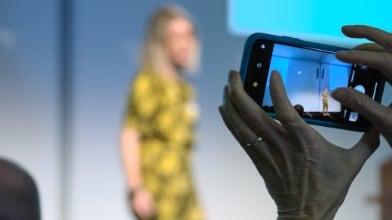
UX Australia is Australia's premier conference about UX, product and service design, and the surrounding disciplines of research, content, operations, management, and more.
Connect with a global audience to share inspiration, insights, knowledge and experiences. Join peers, pros and leaders who can help with challenges and may be the bridge to your next opportunity. Take away new skills and insights to apply in your organisation.
Here's what we're bringing you in person (and streaming) in 2025. With more online at Conffab.
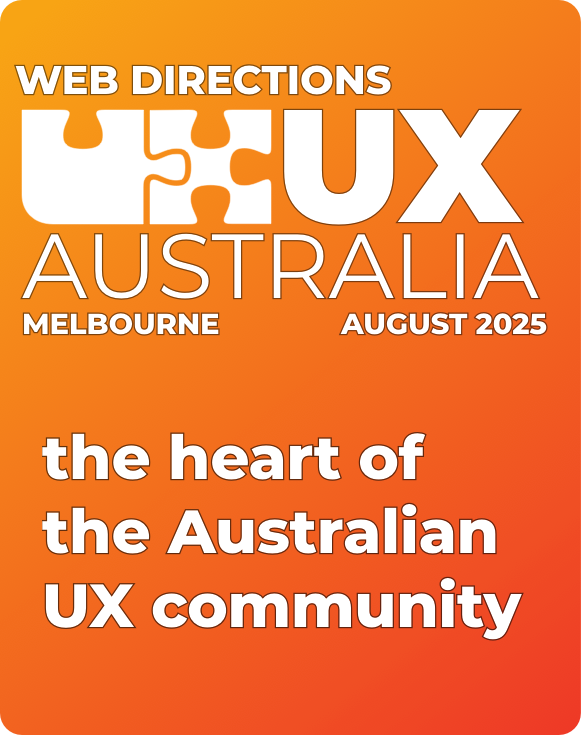
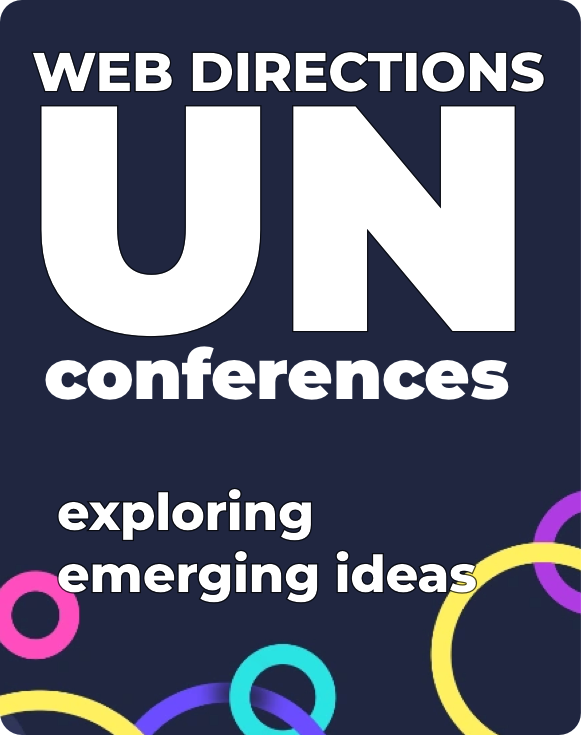
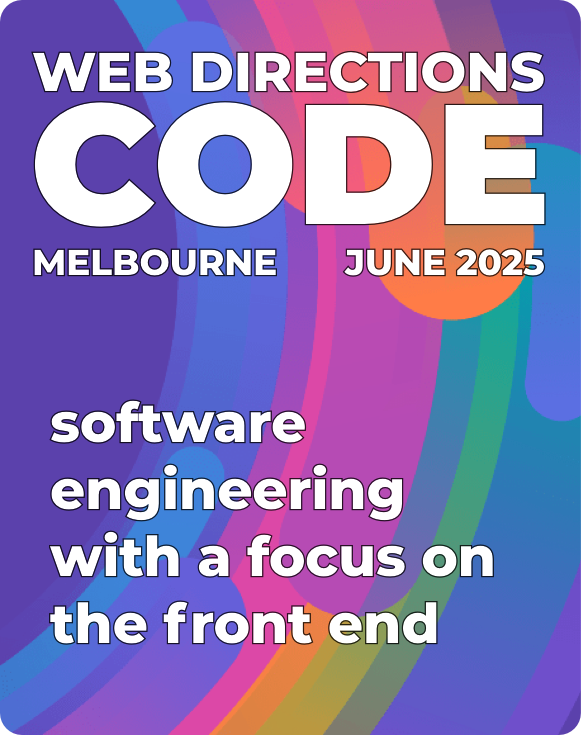
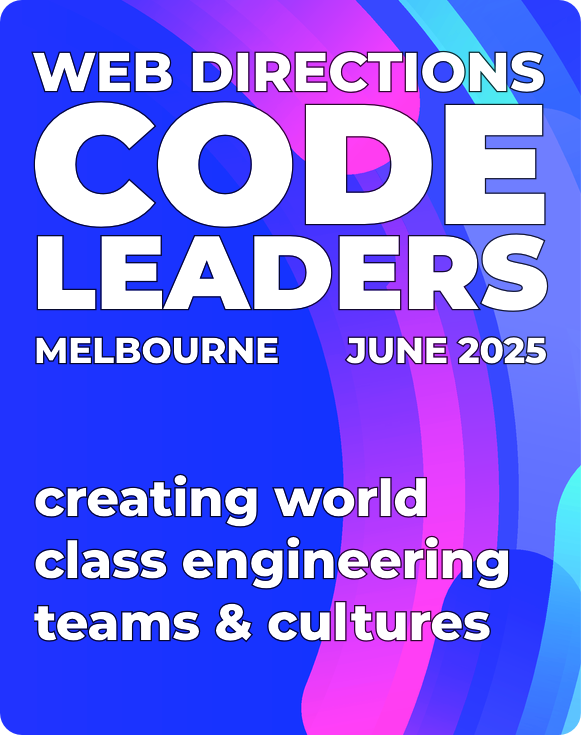
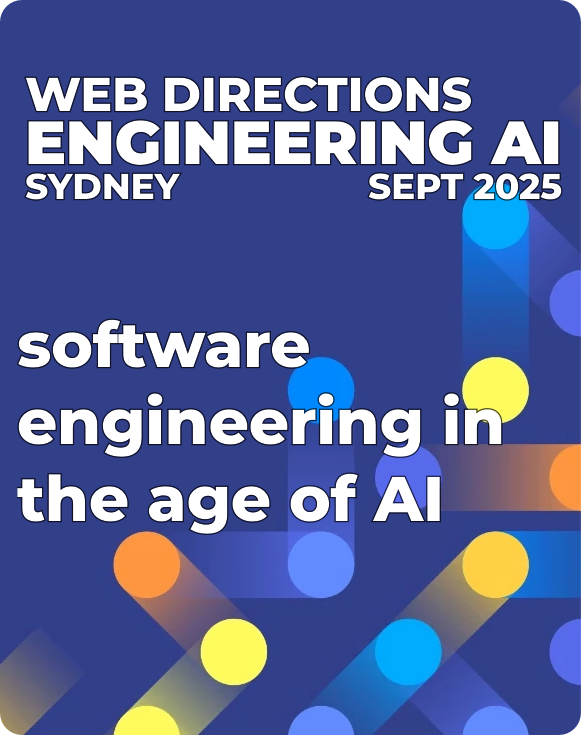

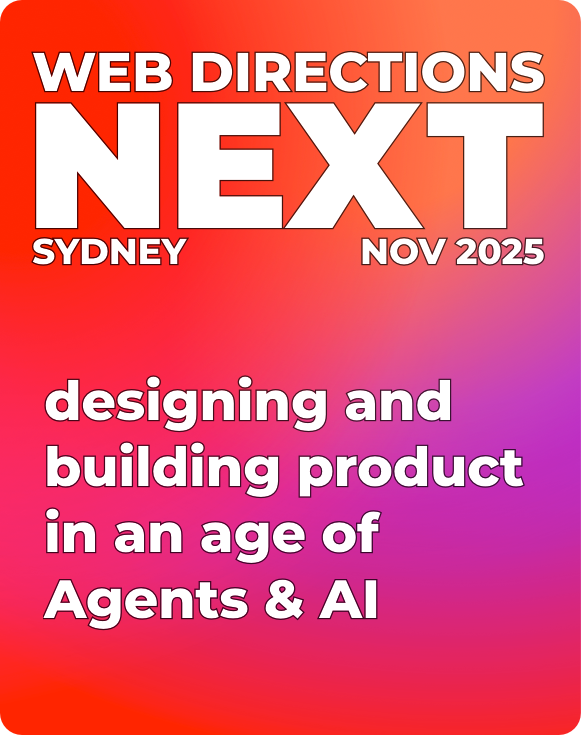
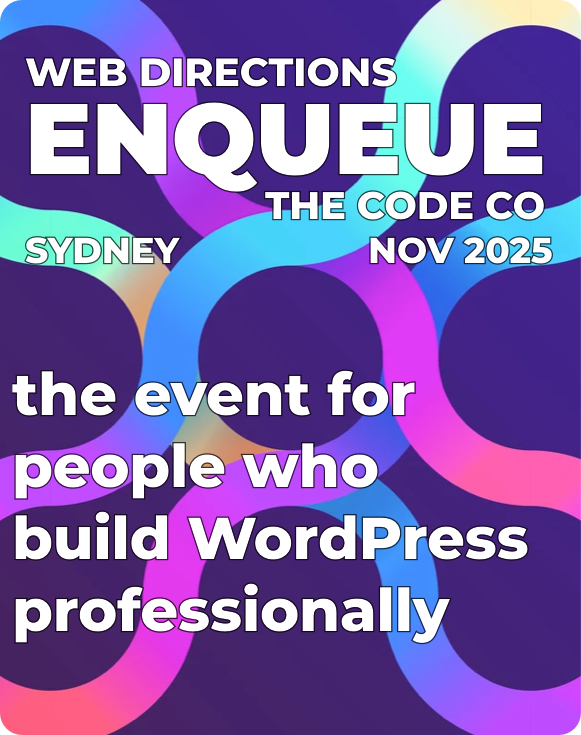
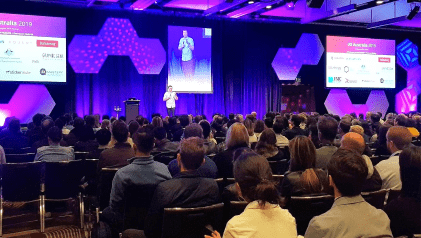
After a year's hiatus, UX Australia returns revitalised in 2025. See what we covered in previous years, starting way back in 2009.
2025 2023 2022 2021 2020 2019 2018 2017 2016 2015 2014 2013 2012 2011 2010 2009UX Australia 2025 is over, but want to keep up to date with news about Future events? Let us know below and we'll email you as things develop.
If you're keen to speak at UX Australia, we'd love to hear from you. CFPs are open now, closing March 2026.
Read all the details about what we're looking for and what we offer speakers.
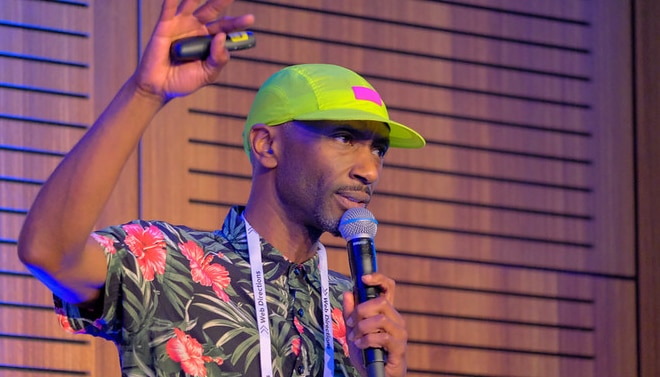
With free and paid levels, keep up to date with all that's happening in our industry at your own pace.
In 2026, UX Australia once again teams up with Web Directions to bring you Australia's leading UX conference.
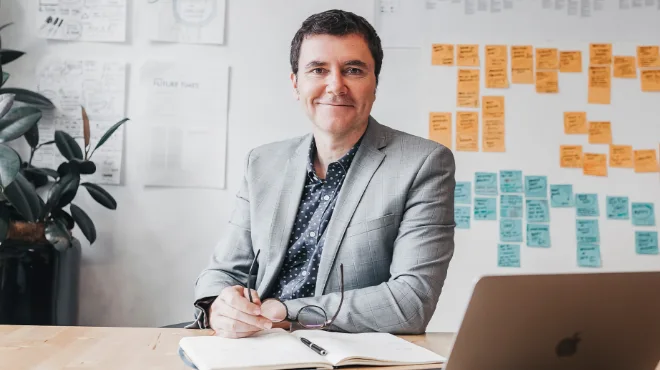
Steve was the inaugural CEO of the Australian Design Council, co-founder of Meld Studios and co-founder of UX Australia. He is a Director of the Product Stewardship Centre of Excellence and served two years as the President of the Interaction Design Association.
His practice is centred on improving our public spaces, infrastructure and services.
Since 2009, UX Australia has been Australia's premier conference about UX, product and service design, and the surrounding disciplines of research, content, operations, management, and more.

Web Directions has for nearly 2 decades years brought together leading developers, engineers, visual, IxD, UX and product designers, Art and Creative Directors, product managers indeed everyone involved in producing web and digital products to learn from one another, and the World's leading experts across this vast field.
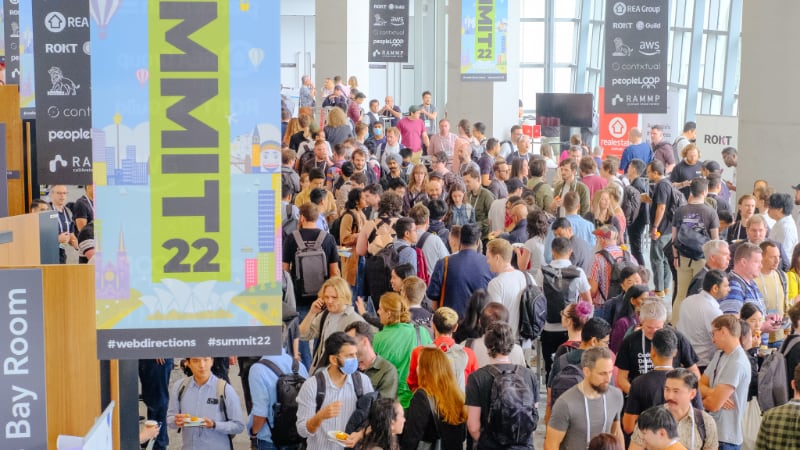

John Allsopp has been working on the Web for nearly 30 years. His ideas formed the foundation for Typekit, now Adobe Fonts, and the entire concept of Responsive Web Design.
His "A Dao of Web Design" published in 2000 is cited by Ethan Marcotte as a key influence in the development of Responsive Web Design, who's acclaimed article in 2010 begins by quoting John in detail, and by Jeremy Keith as "a manifesto for anyone working on the Web".
For over a decade, we've worked hard to create inclusive, fun, inspring and safe events for the Web Industry.
As part of our commitment to these values, we've adopted a code of conduct for all involved: ourselves, our speakers, our partners and our audience.
If you have any concern or feedback, please don't hesitate to contact us.